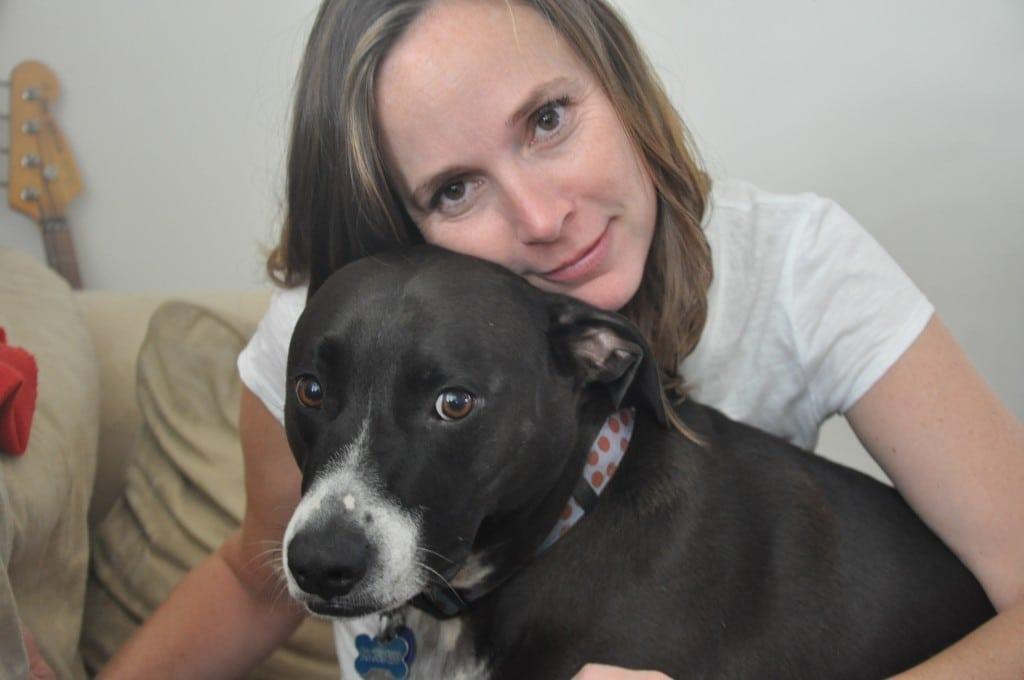
Psychologist Catherine Mogil of UCLA advises parents to remind their children about the network of people who will support them during difficult times. PHOTO COURTESY CATHERINE MOGIL
Editor’s note: This is an update of a 2015 article which, sadly, is still quite relevant and timely.
Television, radio, newspapers and social media bring us news of terrorist attacks and tragedy on a daily basis. And too often, as in the case of a shooting Monday (April 10, 2017) at North Park Elementary school in San Bernardino, the news is much closer to home.
How can parents begin to explain these horrible events to their children? We chatted with Catherine Mogil, Psy.D., clinical director of the UCLA Family Stress, Trauma and Resilience Clinic, and assistant clinical professor at the UCLA Semel Institute for Neuroscience and Human Behavior. Her research and clinical work focuses on prevention and treatment of child and family traumatic stress.
As parents, our first instinct is often to shield our children from scary news. Is this the best approach when it comes to mass tragedies?
We don’t want to scare children with too much information, but ignoring the situation and pretending like nothing is wrong may not the best approach. Young kids have “magical thinking.” It’s how they make sense of their world. They often fill in the gaps with a story that makes sense to them, but may not be accurate. If they are hearing about a shooting from their friends, and nothing from their parents, they start thinking, “This must be really bad.” When parents open the door for communication, they alleviate a lot of fear and can begin to address misinformation.
What are some age guidelines parents should be aware of?
Parents have to take into consideration their child’s emotional development when discussing tragedy. In general, it is best to find out what your child has heard and anticipate if they may be exposed to information from another source. For kids under 5, you can say, “Something happened today that has a lot of adults talking,” and see how much they heard. If they seem unaware of the incident, you may not need to say anything further. For older kids, it’s better to introduce the topic, because they will hear about it in school, on social media or from their friends. But first, find out what they know. You can say, “There have been a lot of news reports today about someone who wanted to do bad things,” then stop and let them ask questions.
What type of information should parents avoid sharing?
The descriptive, gory details. If your kids want more information, give them the facts. They might ask, “Did anyone die?” You have to be honest and say, “Yes, people died. It’s very sad.” I also don’t recommend kids under 9 to watch the news. It’s visual overload for them and can cause a lot of wear and tear stress on young kids.
What’s the message that kids need to hear from parents when mass tragedies happen?
That they are safe. One good way to assure kids is to remind them of their network of people who will support them. Instead of saying, “I’ll always be there for you,” name all the adults in their life who will be there for them. Parents can then share all of the different things they do everyday to keep their child safe, such as wearing seat belts and looking both ways before crossing the street. Parents also need to arm themselves with some self-care before having this conversation. Take a bath, take a deep breath, go for a walk, call a friend. Whatever you need to do, so you don’t fall apart in front of your kids. These conversations need to be calm and reassuring, but they also need to be authentic. If your kids seem anxious, instead of saying, “There is nothing to be afraid of,” you could say, “I’m worried, too.” Then talk about the things you are doing to manage your anxiety and help your children find their comforting rituals. Always remind them that they can come to you any time with questions, or just to talk.






































